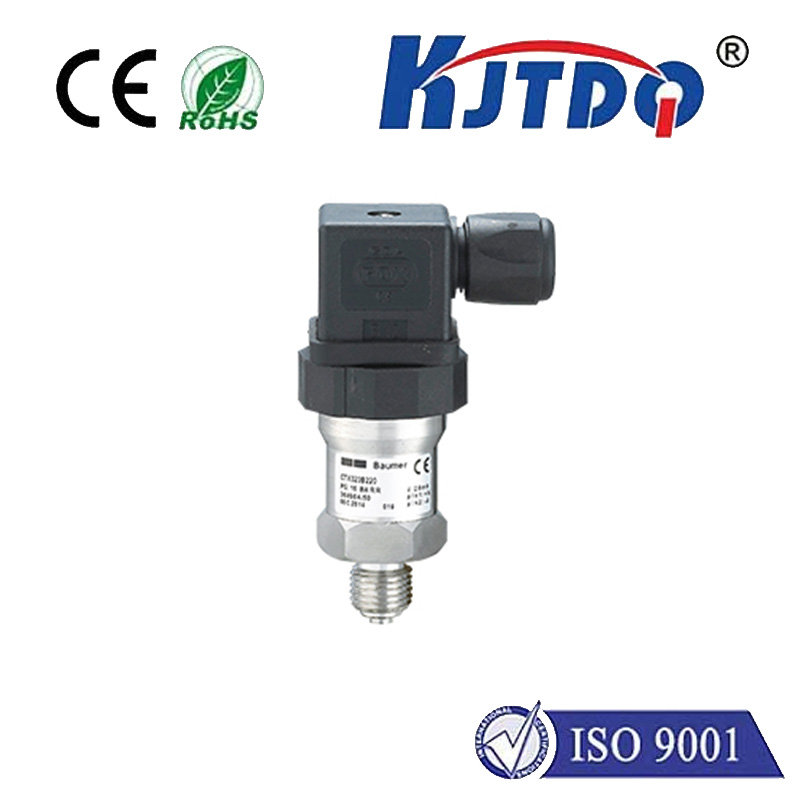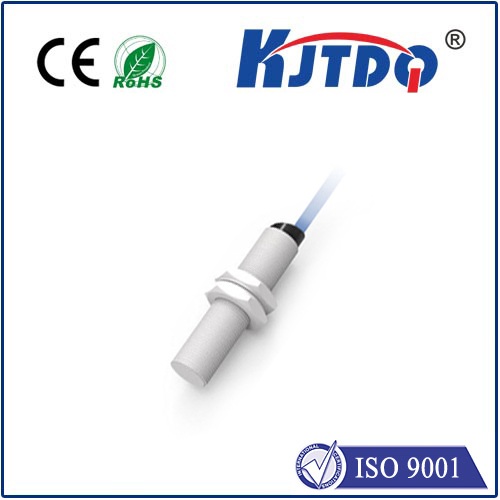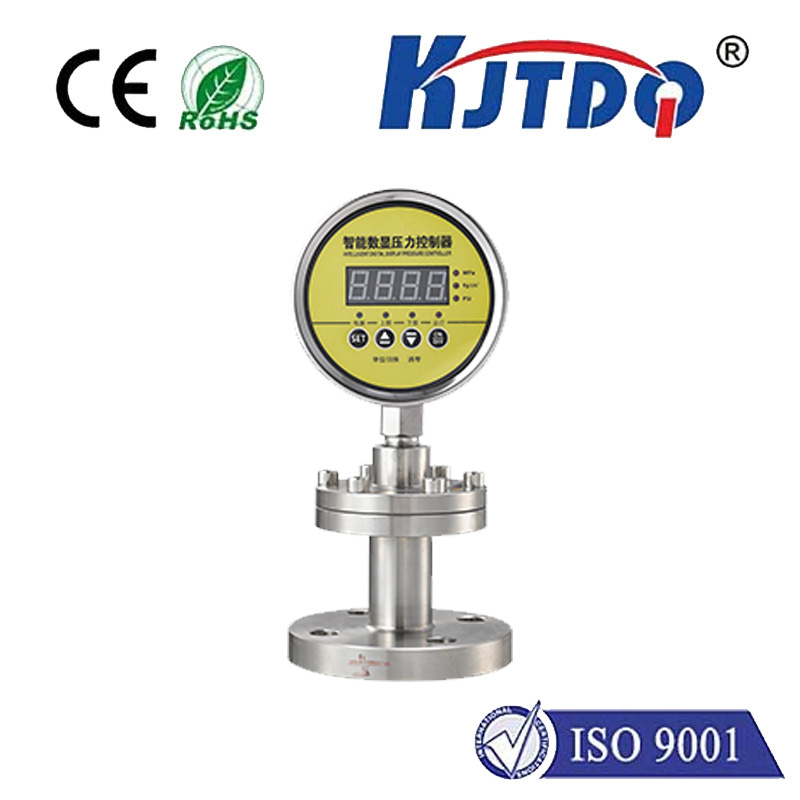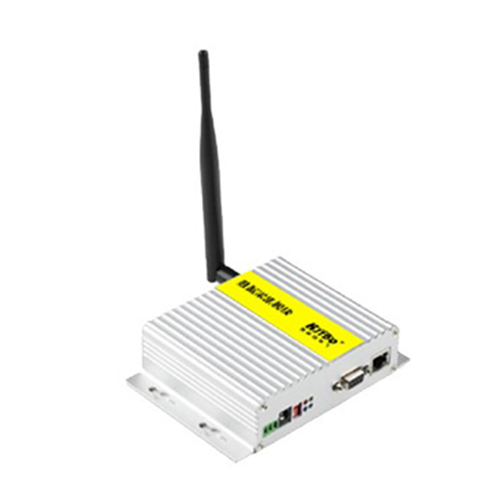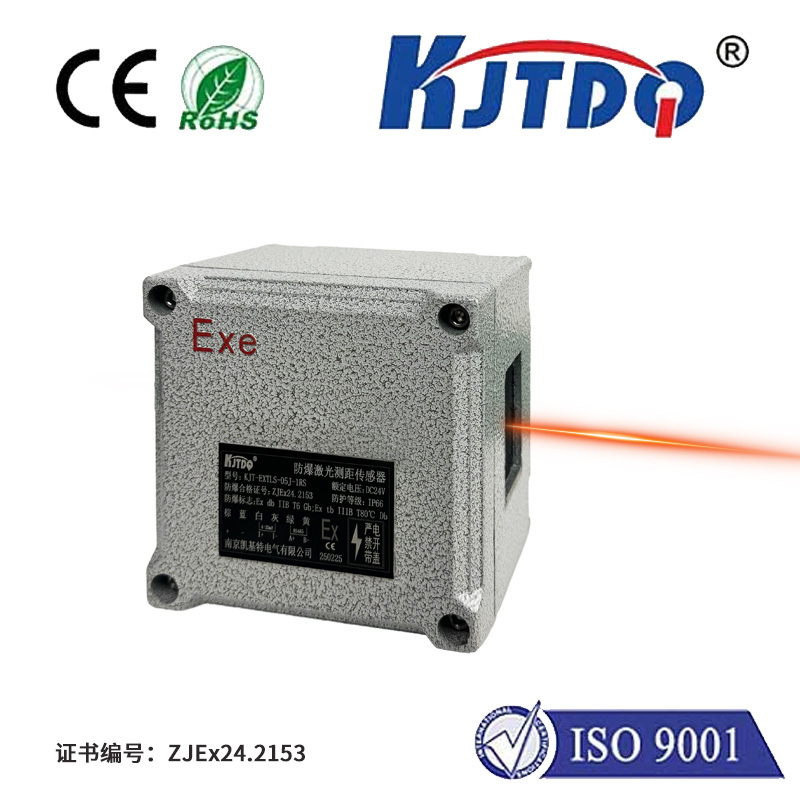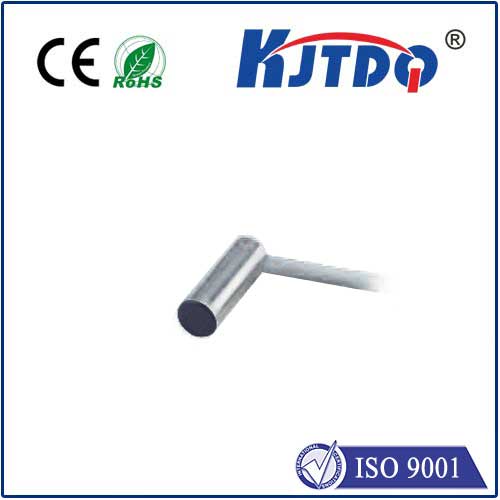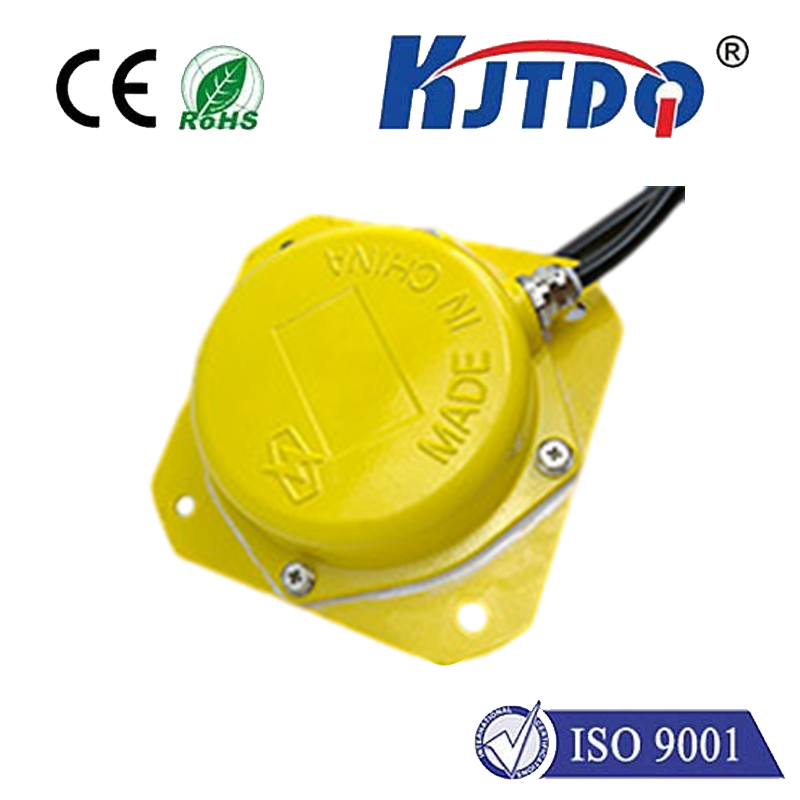BES04R0 high pressure proximity sensor
- time:2025-10-01 02:28:44
- Click:0
BES04R0: The High-Pressure Proximity Sensor Engineered for Demanding Reliability
Imagine a critical hydraulic press pushing hundreds of tons, a high-pressure pump circulating vital fluids, or an injection molding machine cycling relentlessly. Within these intense environments, a single component failure can mean costly downtime, damaged equipment, or even safety hazards. Proximity sensors, workhorses of industrial automation, face their ultimate test here. Standard sensors falter; they deform, leak, or lose accuracy under extreme compressive forces. This is the domain where the BES04R0 High Pressure Proximity Sensor isn’t just a component; it’s a critical safeguard designed to thrive where others cannot.
Proximity sensors, fundamentally, detect the presence or absence of a metallic target without physical contact, typically using an inductive principle. They generate an electromagnetic field; when a metal object enters this field, it induces eddy currents within the target, causing a measurable change in the sensor’s oscillation – triggering its output signal. Inductive sensors are prized for their ruggedness, reliability in harsh conditions (like dirt, dust, and certain liquids), and non-contact operation. However, the Achilles’ heel for many standard inductive sensors lies in their ability to withstand sustained, high external pressure acting directly on their sensing face or housing.
The BES04R0 is specifically engineered to overcome this limitation. It represents a specialized class of inductive proximity sensors built with robustness and high-pressure resistance as core design principles. Its defining characteristic is its exceptional ability to maintain reliable performance and structural integrity even when subjected to significant external force acting perpendicularly to its sensing face. This capability is crucial in numerous industrial scenarios:

- Hydraulic Systems: The beating heart of many heavy industries. Cylinders, pumps, valves, and manifolds operate under tremendous pressure – routinely reaching hundreds or even thousands of bar. Standard sensors mounted on cylinder bodies, inside manifolds, or near high-pressure lines can catastrophically fail.
- Pressing & Forming Machinery: Hydraulic and mechanical presses generate immense clamping and forming forces. Sensors used for end-position detection, workpiece presence verification, or safety interlocks need immunity to this constant pressure.
- Injection Molding & Die Casting: High-pressure plastic or molten metal injection exerts significant force on surrounding components. Sensors controlling mold closing, ejection sequences, or barrel positioning must be pressure-resistant.
- High-Pressure Testing Rigs: Environments dedicated to testing components (pipes, valves, vessels) under extreme pressure require sensing equipment that won’t be the weak point.
- Fluid Power Applications: Any system handling high-pressure oil, water, or gas demands sensors that won’t leak or collapse under the load.
Why Standard Sensors Fail Under Pressure
Conventional inductive proximity sensors often utilize materials and designs optimized for cost-effectiveness in typical industrial environments, not extreme pressure. Potential failure modes include:
- Housing Deformation: Plastic or thinner metal housings can distort or crack, compromising the internal electronics or coil assembly.
- Sensing Face Collapse: The front face, critical for generating the electromagnetic field, can deflect inward under pressure, altering the sensing characteristics and potentially causing false triggers or failures to detect.
- Seal Failure: Intense pressure can breach seals, allowing ingress of hydraulic fluid, coolant, or contaminants, leading to electrical short circuits or corrosion.
- Internal Component Damage: Circuit boards, coil windings, or potting materials can be crushed or displaced.
The BES04R0 Advantage: Engineered Resilience
The BES04R0 tackles these challenges head-on through key design features:
- Reinforced Stainless Steel Housing: Typically constructed from high-grade stainless steel (like 303 or 316L), the housing is significantly thicker and stronger than standard sensor bodies. This provides the fundamental structural integrity needed to resist external crushing forces without deformation. Stainless steel also offers excellent corrosion resistance, vital in environments exposed to oils, coolants, and washdowns.
- High-Pressure Rated Sensing Face: The face material and its internal support structure are specifically reinforced. This prevents any inward deflection or collapse that would alter the sensor’s magnetic field geometry and detection characteristics. Ensuring stable sensing distance under load is paramount.
- Robust Sealing: Enhanced sealing technologies, often using high-durometer O-rings and specialized sealing methods, are employed to maintain an IP67, IP68, or even IP69K rating even under sustained high pressure. This prevents fluid ingress that could damage sensitive internal electronics.
- Advanced Potting & Internal Design: Internal components are securely mounted and often protected by specialized, pressure-resistant potting compounds. This prevents movement or damage to the oscillator coil and electronic circuitry when the sensor experiences high external loads.
- Maintained Electrical Performance: Crucially, these mechanical reinforcements are designed to preserve the sensor’s core electrical functionality – its sensing distance, switching frequency, and output signal integrity – remain consistent, even under pressure.
Real-World Impact: Reliability Where It Matters
Choosing the BES04R0 High Pressure Proximity Sensor translates directly into tangible operational benefits:
- Unmatched Reliability: Dramatically reduced sensor failures in critical high-pressure zones, leading to predictable machine operation.
- Minimized Downtime: Eliminating pressure-induced sensor failures reduces unplanned stoppages for replacements, boosting Overall Equipment Effectiveness (OEE).
- Enhanced Safety: Reliable position detection in high-pressure systems (e.g., verifying cylinder retraction before opening a guard) is non-negotiable for operator safety. The BES04R0 delivers this dependability.
- Reduced Maintenance Costs: Fewer replacements and repairs mean lower spare parts inventories and labor costs.
- Longer Service Life: The rugged construction inherently provides a longer operational lifespan compared to standard sensors used in demanding environments, offering a superior Total Cost of Ownership (TCO).
Integrating the BES04R0
Like its standard counterparts, the BES04R0 is typically available in industry-standard cylindrical form factors (e.g., M8, M12, M18, M30 threading) and connection types (e.g., cable or connector variants like M8, M12). Common outputs include NPN or PNP configurations (sourcing or sinking), Normally Open (NO) or Normally Closed (NC) switching modes, and sometimes analog variants. Selecting the correct specification (sensing distance, voltage rating, output type) remains crucial, but the defining factor for the BES04R0 is its verified high-pressure rating – always confirm the specific pressure tolerance (often listed in bar or psi) for your application. Installation must follow manufacturer guidelines, ensuring proper mounting depth, target material compatibility (typically ferrous steel), and avoidance of excessive side-loading which, while not pressure, can also damage the housing.
In the relentless push for greater efficiency and power in industrial machinery, pressures continue to rise. Standard proximity sensors, while versatile, have a clear operational ceiling. The BES04R0 High Pressure Proximity Sensor is the engineered solution designed to operate reliably and accurately beyond that ceiling. Its robust construction, utilizing reinforced stainless steel and specialized sealing, provides exceptional resistance to crushing forces, preventing the deformation, leakage, and internal damage that plague lesser components. By deploying the BES04R0 in critical high-pressure applications – from massive hydraulic presses and injection molding machines to






